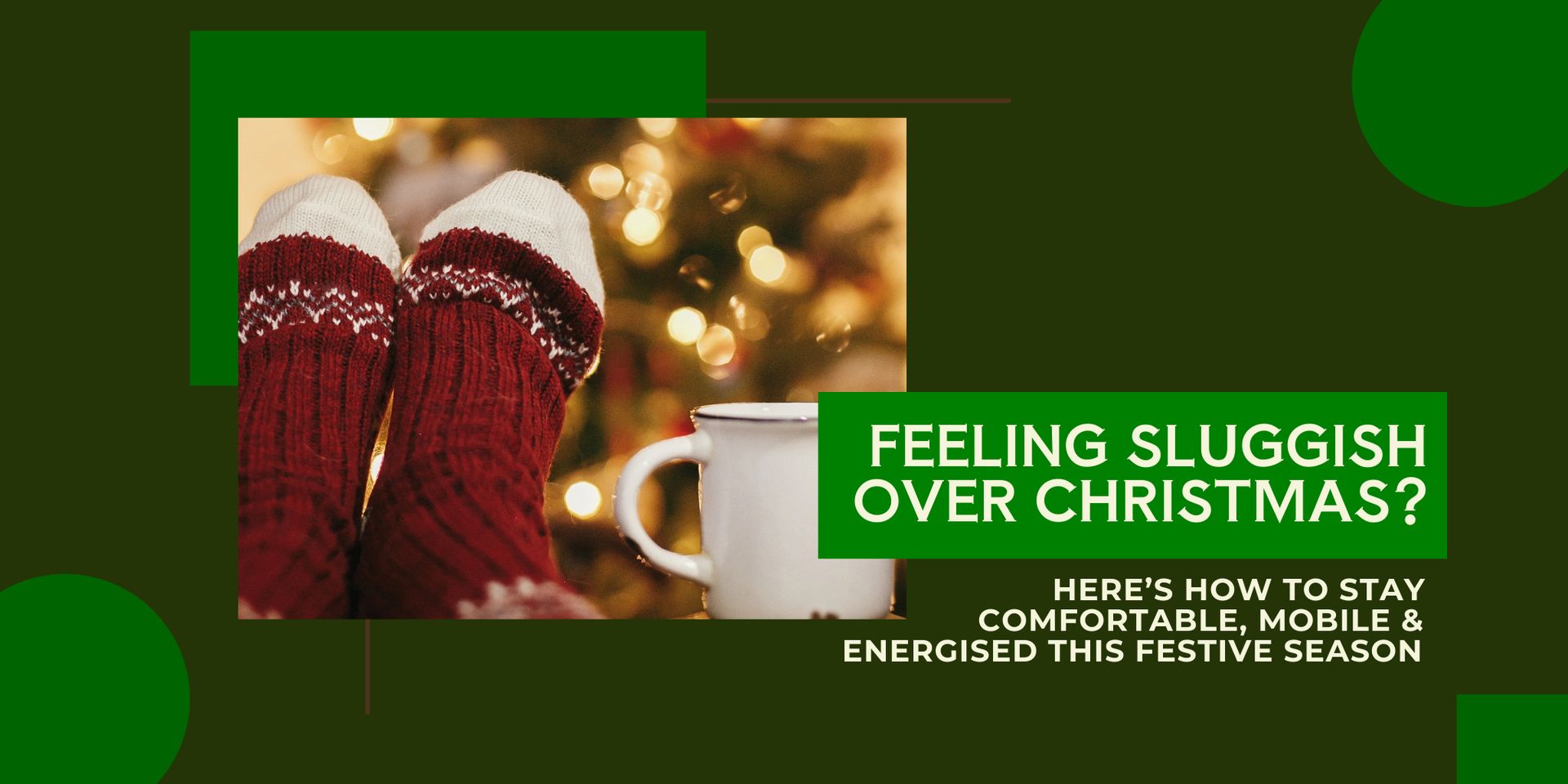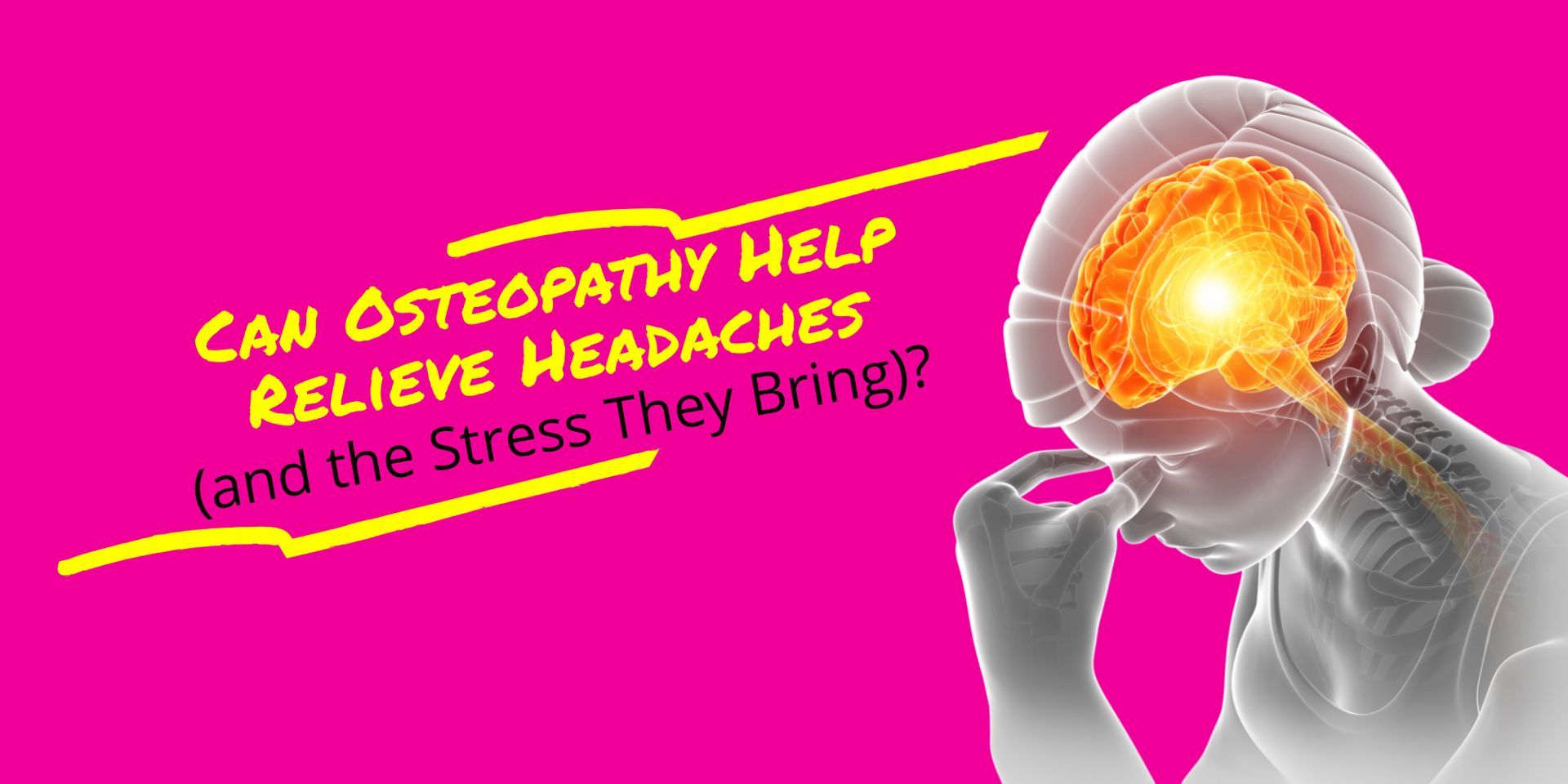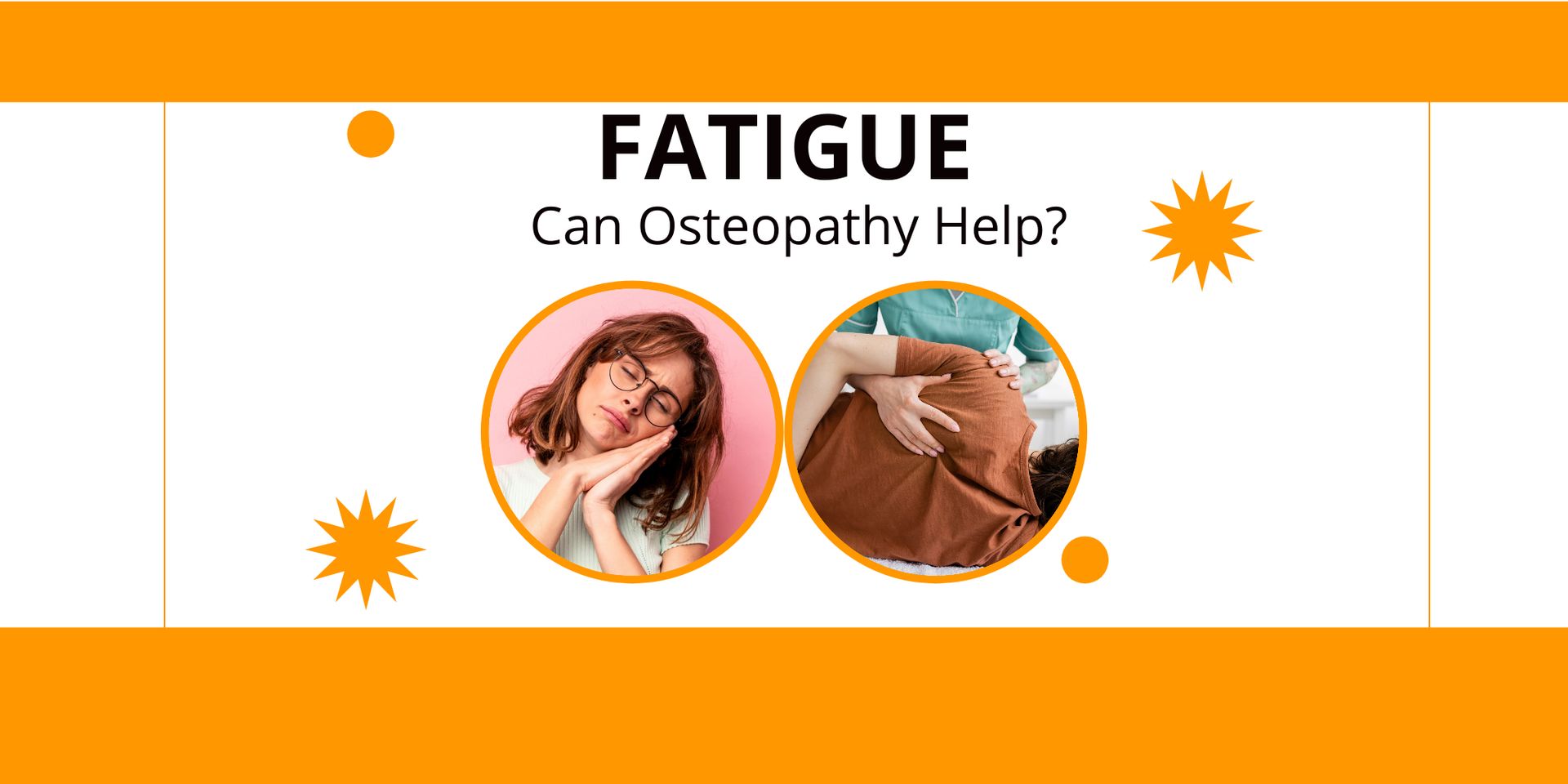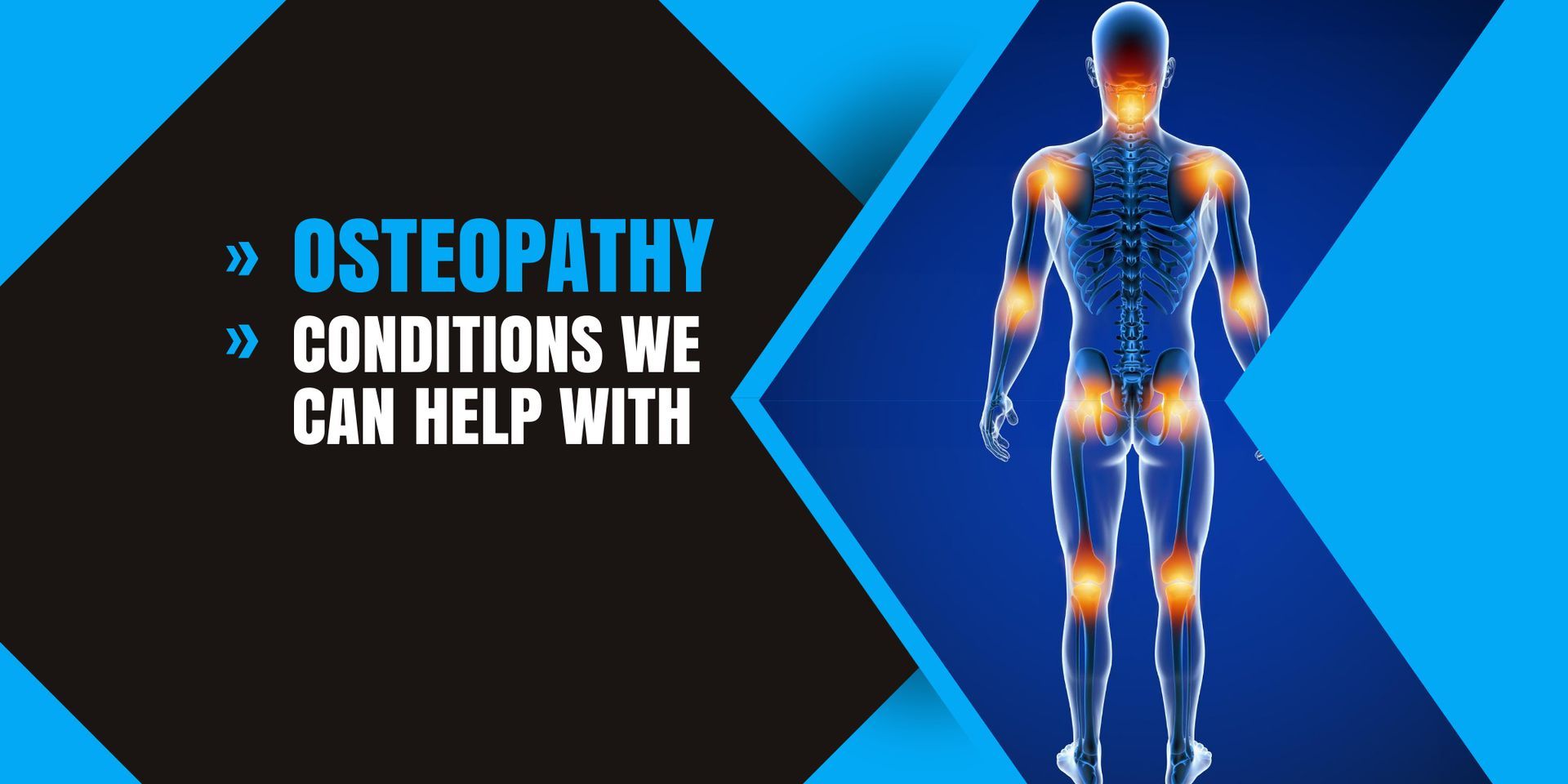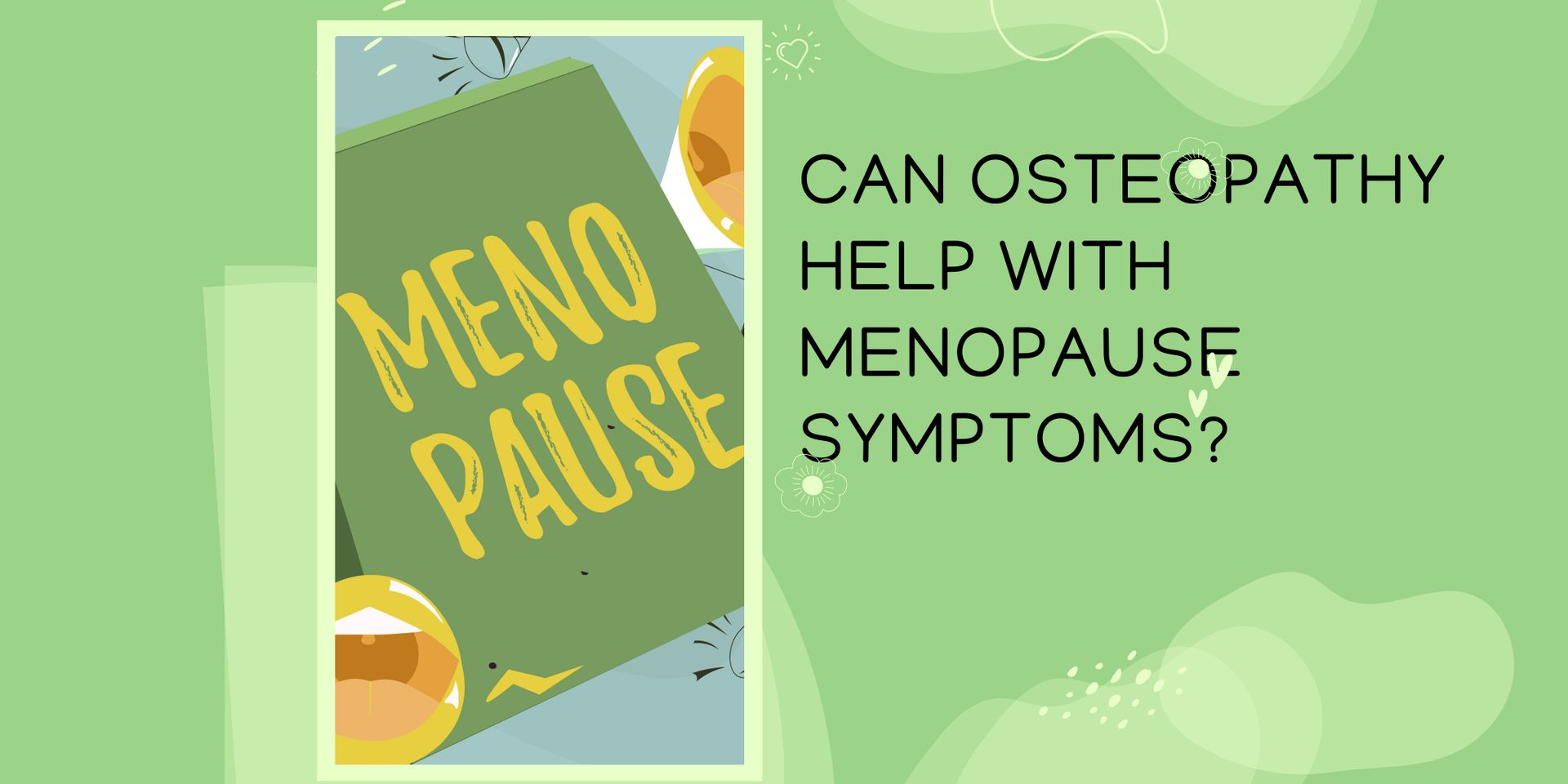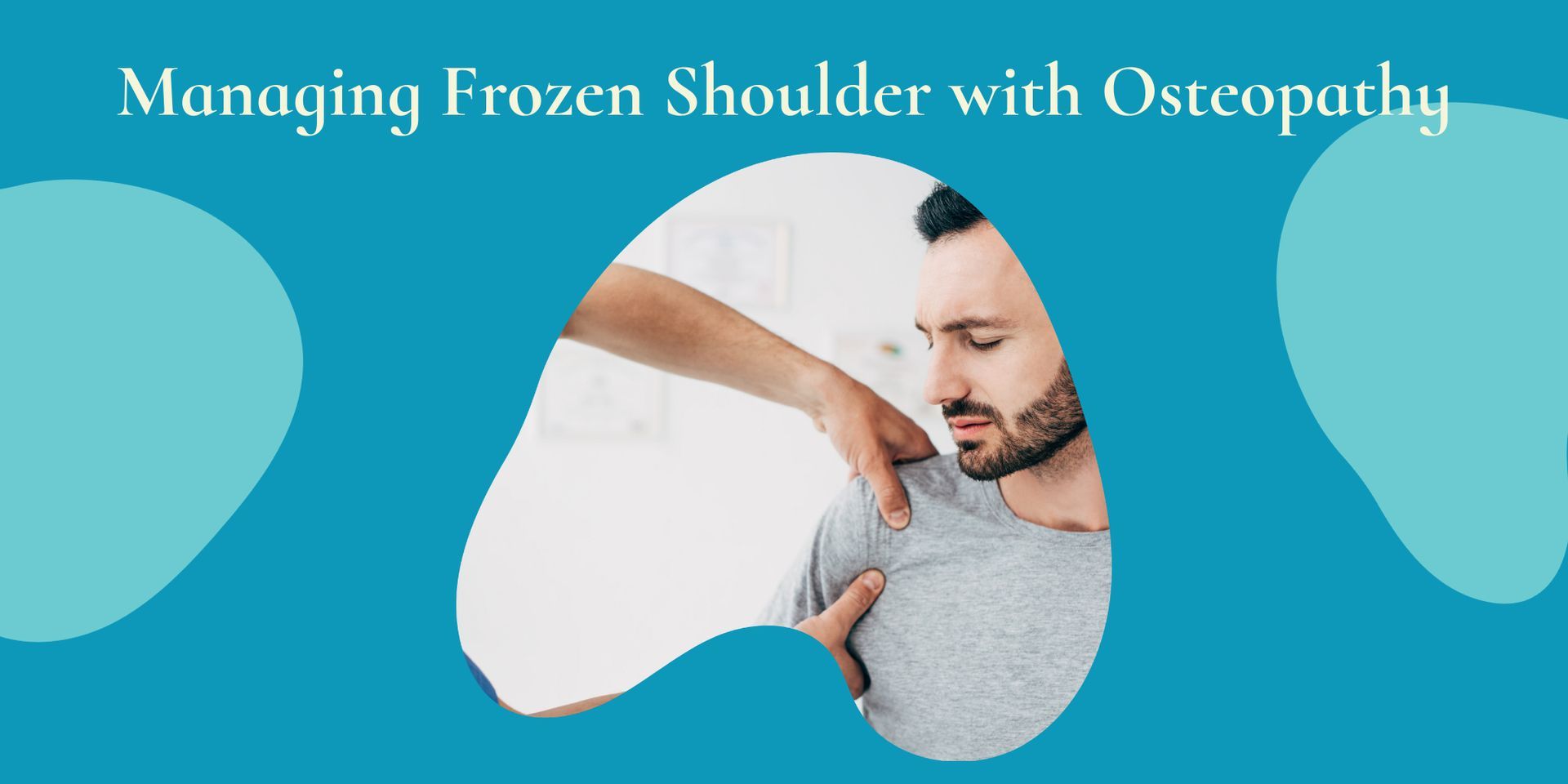What are the natural alternatives to painkillers and anti-inflammatories
Most of us take painkillers or anti-inflammatories when we are unwell or in pain
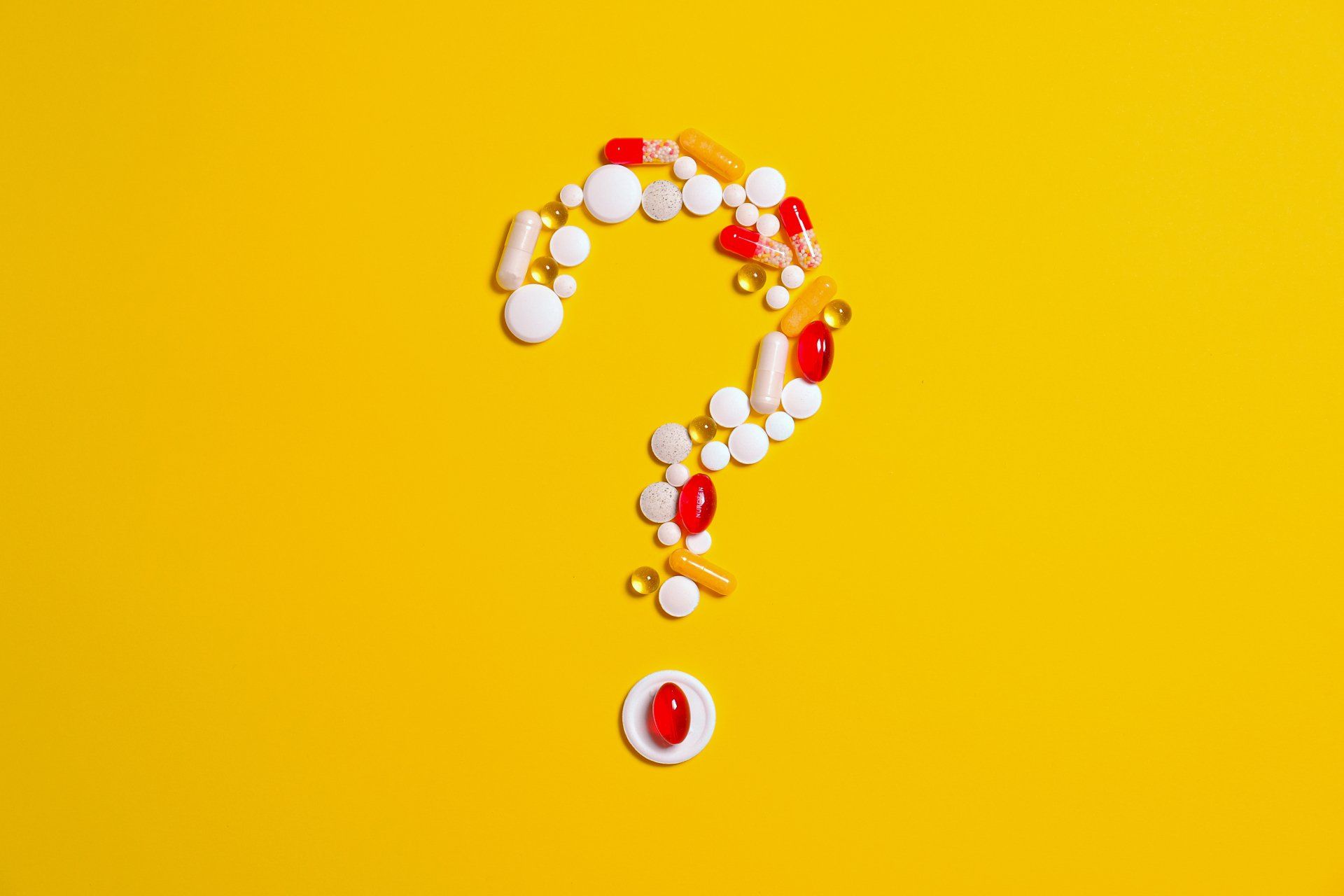
Most of us take painkillers or anti-inflammatories when we are unwell or in pain. But are you taking the most appropriate medicine for your ailment? Are you aware that there are natural alternatives?
The type of medicine you take to treat your pain depends on the type of pain you have. Different painkillers work in different ways and they all have side effects. Therefore it is vital that you weigh up the advantages and disadvantages before simply ‘popping that pill’.
Paracetamol
Paracetamol is used to treat headaches and most non-nerve pains, such as back pain. A safe dose is two tablets up to four times a day if necessary.
However, if your pain is severe, don’t be tempted to take more than the recommended dosage as overdosing on paracetamol can cause serious harm and side effects.
Ibuprofen
Ibuprofen works well in treating inflammatory conditions, such as an injury or arthritis. However, it should not be taken for long periods of time, as this comes with an increased risk of kidney and heart problems, as well as stomach upset and bleeding.
Codeine
Codeine doesn’t tends to be combined with paracetamol (co-codamol), it is an effective, medium strength painkiller. Unfortunately, as with all medium strength painkillers, co-codamol can cause dependency. This means you may feel unwell for a short time when you stop taking them.
Gabapentin and Amitriptyline
Although gabapentin is usually used to treat epilepsy and amitriptyline is primarily a drug for depression, they are both effective in treating pain caused by nerve damage or sensitivity, such as sciatica or shingles. You aren’t able to buy these over the counter; they must be prescribed by a GP.
Morphine
Morphine and drugs such as fentanyl and oxycodone are the strongest painkillers available and should only be used to treat severe pain. As such, they can only be prescribed by a GP or pain specialist and their dosage and your subsequent response to the drugs will be monitored closely.
What about natural painkillers?
Endorphins
Endorphins are the body’s natural pain relievers, working by blocking pain signals from reaching the brain. Endorphins also help to alleviate stress, anxiety and depression, which often go hand in hand with chronic pain. Simply get your blood pumping – exercise will release endorphins into your system.
Heat therapy
Applying heat to the affected area can help ease your pain. This is because heat increases the flow of oxygen and healing nutrients to any damaged areas, as well as suppressing pain signals being sent to your brain. You can use a hot water bottle, electric or gel-filled pad, or simply a hot bath.
Using ice
Using a cold compress can help tp ease the pain.
Stretch
Stretching out the effected area has been known to help ease the pain.
Sleep
It is vital that you get enough sleep in order to manage pain and promote healing. Try to exercise regularly as a physically tired body tends to lead to deeper, more restorative sleep.
Think yourself better
A positive attitude can make a massive difference to your physical wellbeing. The human body has an infinite capacity for healing so techniques such as meditation, hypnosis and guided imagery can help your mind and body relax and change the way you view pain and healing. These can also help with restorative sleep.


